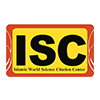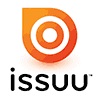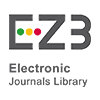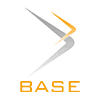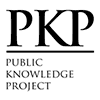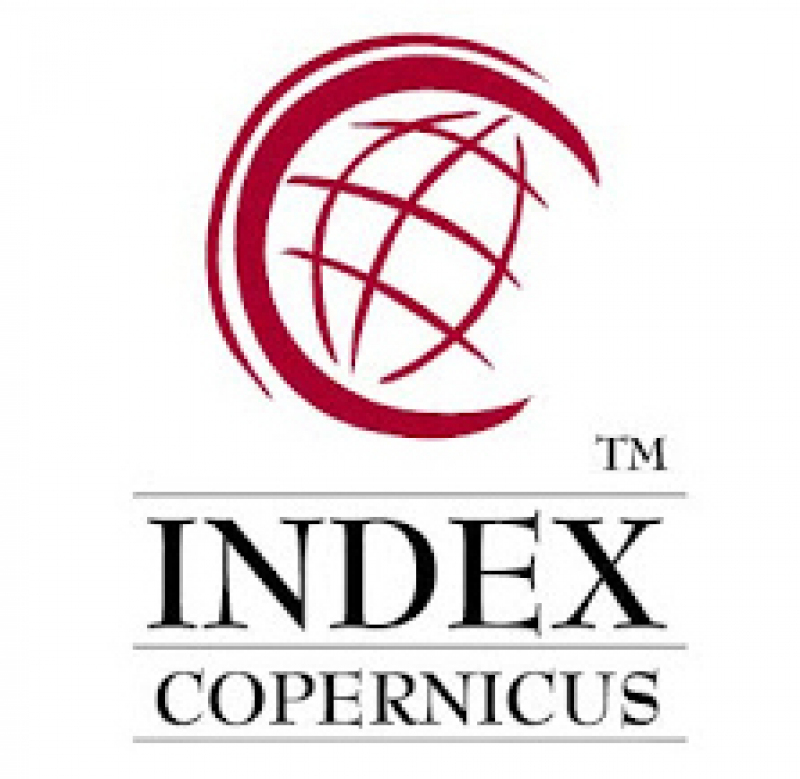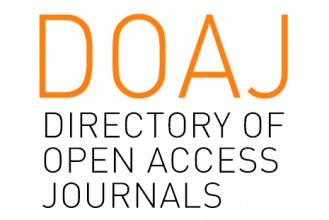Xinjiang: A Region of Struggle or Curse?
Abstract
Uyghurs can currently be said to be seen as a second-class population by the government of the People's Republic of China (PRC). The hometown and ancestral village of the Uyghur ethnic group is Xinjiang. Meanwhile, the government actually encourages Han ethnic groups to migrate to and reproduce in Xinjiang. Get rid of it in a subtle way. On the other hand, the Uyghur ethnic group finds it difficult to carry out Islamic religious law, while in other places, this religion is allowed to develop. Thus, it seems that the background to the Uyghur conflict with the government so far is the Xinjiang region factor. The research method used is a qualitative method, namely a case study. Xinjiang is currently a controversial and very complex region. Views and interpretations can vary widely, depending on political perspectives, culture, and the sources of information used.
Keywords
Full Text:
PDFReferences
Al Atas, Alwi. 2015. The Tides of Islam in China, in http://puput- bae.blogspot.co.id/2014/12/ accessed on 28 December 2023.
Amin, Hamidin Aji, 2020. The New Face of Terrorism. Jakarta: Main Library.
Anonymous. 2015. Knowing the Hui Tribe (followers of Islam in China, in http://tionghoa-mus lim.blogspot.co.id/2012/05/, accessed on 2 January 2024.
Baidlowi, Masduki, 2019. Xinjiang as a Gateway, Mimbar Ulama magazine, Voice of the Indonesian Ulema Council (MUI), No 3 /1441 H./2019.
Bengke, Kamelia Derbi, 2022. Efforts to Form Identity Politics towards the Uyghur Community in Xinjiang in 2014-2019, Thesis, Yogyakarta, Universitas Islam Indonesia (UII).
Clarke, Michael (Ed), 2018. Terrorism and Counter-terrorism in China: Domestic and Foreign Policy Dimensions, New York: Oxford University.
Collier, D. (2011). Understanding process tracing. PS: Political Science & Politics, 44(4), 823-830.
Creveld, Martin van. (1991). Transformation of war. New York: Free Press.
Dano, Dimasti. 2022. Understanding the US-China Trade War and its Impact on the Global Economy, Yogyakarta: Deepublish.
Ellyana, Asvin, 2023. Hijrah and Xinjiang Muslim Cultural Arts, AULA Magazine, NU Magazine No 09 Year XLV, September 2023.
Fuller, Graham E., 2014. What Would the World Be Without Islam?, Bandung, Mizan. HaloEdukasi, Editorial, 2024. Uyghur Ethnicity: History - Characteristics and Current Status.
This, Ethnic Uyghur: History - Characteristics and Current Situation (haloedukasi.com)/ accessed 14 January 2024 at 15.40 pm.
Iqbal, 2018. Islam in China in Historical Review, Journal of Tajdid IAIN Palangka Raya, Vol 2 No 2.
Ji, Sang. 2014. Religion and Religious Life in China, Yogyakarta: LKiS Pelangi Aksara.
Karisma, Gita, 2017. Ethnic Conflict in Xinjiang: Monocultural Policy and the Chinese State's Interest in Regional Integrity, Journal of Sociology, Vol 19 No 1.
Krause, Stanford, TT. Islam in India and China, Cambridge Stanford Books. Leckie, Jacouline, Miccarthy, Angela, and Wanhalla, Angela. 2016. Migrant.
Cross-Cultural Encounters in Asia and the Pacific, New York: Routledge.
Mackerras, Collin & Clarke, Michael. 2009. China, Xinjiang and Central Asia, Canada: Routledge.
Mandryc, Jason, 2010. Operation Word, English.
Muchsin, Misri A, 2019. Muslim Struggles in Conflict Countries, Banda Aceh, ar Raniry Press.
Nainggolan, Poltak Partogi, 2020. Internal Conflict and the Complexity of Proxy War in the Middle East, Jakarta; Obor Library Foundation.
Pundilaras, Berliana and Aswar, Hasbi. 2023. The Role of the United Nations and the Obstacles Faced in Addressing the Issue of China's Human Rights Violations Against Ethnic Muslim Uyghurs in Xinjiang in 2018 - 2022, The Journal of Islamic Studies and international Relations, Vol. 6 April 2023.
Rosyidin, Mohammad. 2020. International Relations Theory from classical to Non-Western perspectives, Depok: Rajawali Press.
Setiawan, Teguh and Wardani, Sri Budi Eko, 2003. Muslims in America and China: The Struggle for Identity, Jakarta: Republika ..... complete about Uyghur on page 96.
Shoujiang, Mi and Jia, You. 2014. Islam in China, Getting to Know Islam in the Land of Ancestors, Yogyakarta: LKiS Pelangi Aksara.
Tanggok, M Ikhsan et al, 2010. Reviving the New Silk Road for New Islamic Relations between Indonesia and China, Jakarta; Gramedia.
Tanjung, Sulaiman, 2024. PBNU deplores Uyghur group for supporting Israel in Palestinian conflict, Aula, edition I/year XLVI-January 2024.
Tempo, Centre for Data and Analysis, 2020. Uyghurs and Multiple Discrimination, Jakarta: Tempo.
Utomo, Aris Heru. 2015. Knowing the Variety of Muslim Tribes in China in http://www.kompasiana.com accessed 2 January 2024.
Wardhani, baiq L. S. W. 2018. China's Response to the Pan-Uyghist Movement in Xinjiang Province, CHINA'S RESPONSE TO THE PAN UYGHURIST
MOVEMENT IN (123dok.com) accessed 14 January 2024 at 10.20 pm. Warikoo, K. (Ed) 2016. Xinjiang - China's Northwest Frontier, New York: Routledge.
Widjaja, Silvia. 2013. Backpaking Beijing - Shanghai - Hangzhou, Jakarta: Elex Media Komputindo.
DOI: http://dx.doi.org/10.18415/ijmmu.v12i6.6768
Refbacks
Copyright (c) 2025 International Journal of Multicultural and Multireligious Understanding

This work is licensed under a Creative Commons Attribution-NonCommercial-NoDerivatives 4.0 International License.
https://ijmmu.com
editor@ijmmu.com
facebook.com/ijmmu
Copyright © 2014-2018 IJMMU. All rights reserved.







